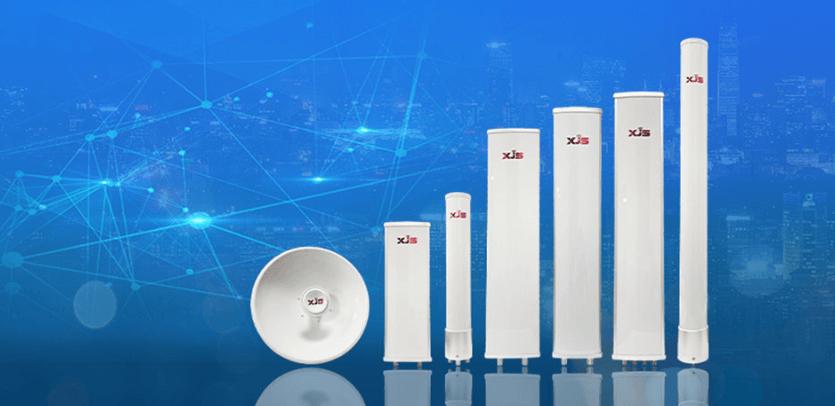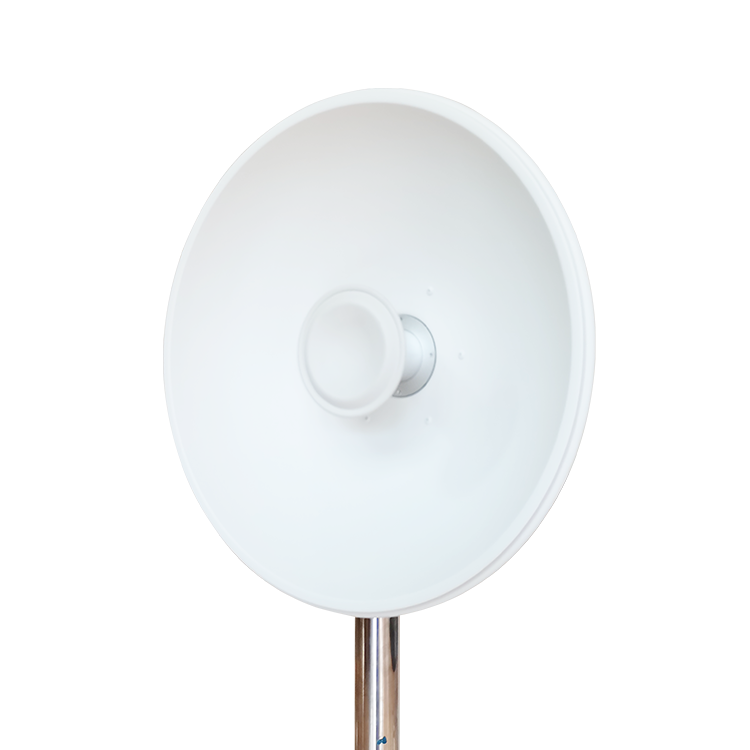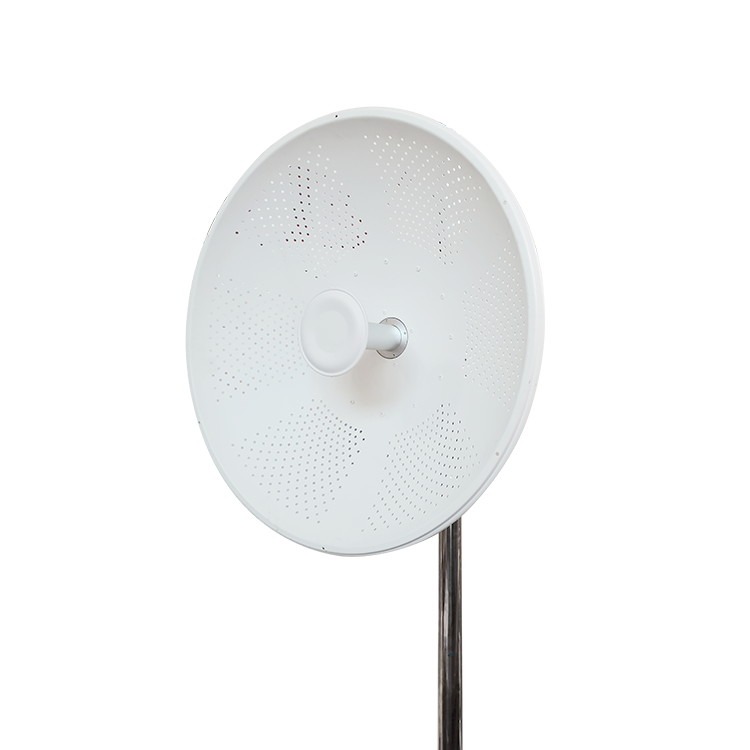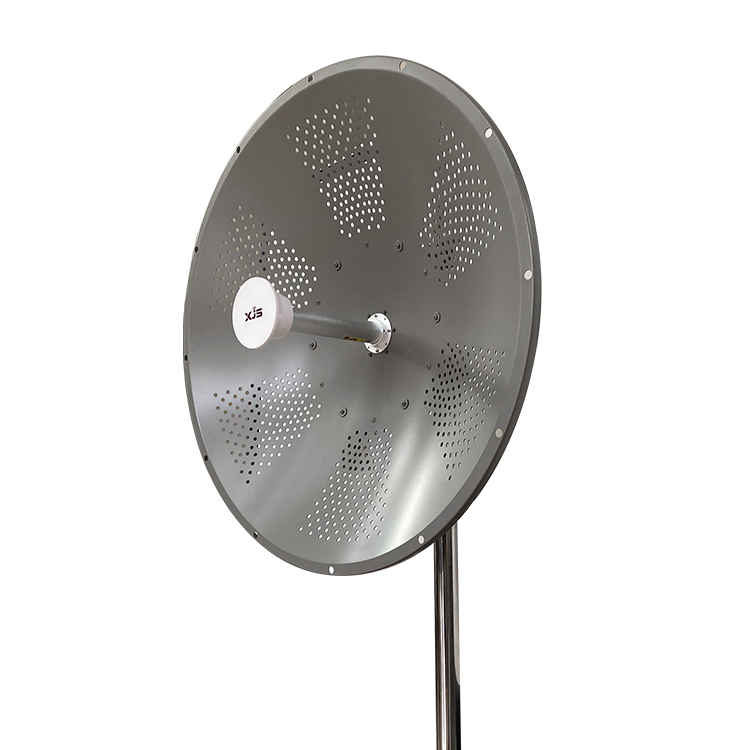Thanks to its wide frequency ranges, the log periodic antenna is one of the most commonly seen antennas in communication systems. However, most people may not know what they are and can not even recognize it. Fortunately, as a manufacturer of log periodic antenna, XJS would give a full introduction about log periodic antenna, including definition, applications, frequency range, bandwidth, etc.
What is A Log Periodic Antenna?
The log periodic antenna, also known as a log-periodic array or log-periodic aerial, is a type of directional antenna that is designed to operate over a wide range of frequencies. It was invented by John Dunlavy in 1952. The most outstanding feature of the log periodic antenna is its periodic structure with a series of radiating elements that vary in size and spacing in a logarithmic fashion.

What Are The Applications of Log Periodic Antenna?
The log periodic antenna has wide applications. Moreover, the log periodic antenna's applications vary from its various frequency ranges. Allow the author to take the 11dbi log periodic antennas as an example. The log periodic antenna gain is high, so it can be used in many applications such as (Low-Power Wide-Area Networks), cellular networks, DAS (Distributed Antenna Systems), IEEE 802.11b/g WiFi applications, and public safety. Here is the detailed introduction:
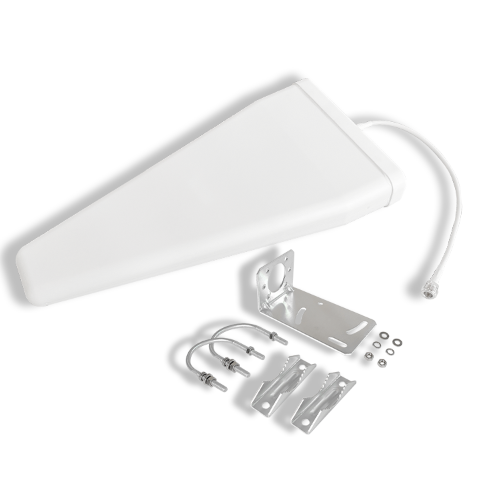
●LPWAN (Low-Power Wide-Area Network)
The 11dBi Log Periodic Antenna is used in LPWAN applications to extend the coverage and reach of low-power, long-range IoT devices. It enhances the signal strength and data transmission capabilities, making it a valuable component in LPWAN networks for applications like smart cities, agriculture, and asset tracking.
●Cellular Networks
Cellular networks rely on antennas with high gain to provide robust coverage and ensure seamless communication. The 11dBi Log Periodic Antenna aids in improving signal reception and transmission in cellular networks, thus enhancing the quality and reliability of voice and data services.
●DAS (Distributed Antenna Systems)
Distributed Antenna Systems are employed to extend cellular coverage in large buildings, stadiums, and other venues. The 11dBi Log Periodic Antenna is utilized within these systems to distribute signals effectively, ensuring consistent connectivity for mobile devices.
●IEEE 802.11b/g WiFi Applications
For WiFi applications, especially those operating on IEEE 802.11b/g standards, the 11dBi Log Periodic Antenna is used to boost the range and signal strength of wireless networks. This is valuable in settings such as offices, campuses, and industrial facilities.
●Public Safety
In emergency response and public safety applications, reliable communication is critical. The 11dBi Log Periodic Antenna plays a pivotal role in enhancing the reach and reliability of radio networks used by first responders and law enforcement agencies during critical situations.
●IoT and M2M Applications
In the context of the Internet of Things (IoT) and Machine-to-Machine (M2M) applications, the 11dBi Log Periodic Antenna facilitates long-range, low-power connectivity. It's suitable for connecting various sensors and devices, enabling efficient data transfer over extended distances.
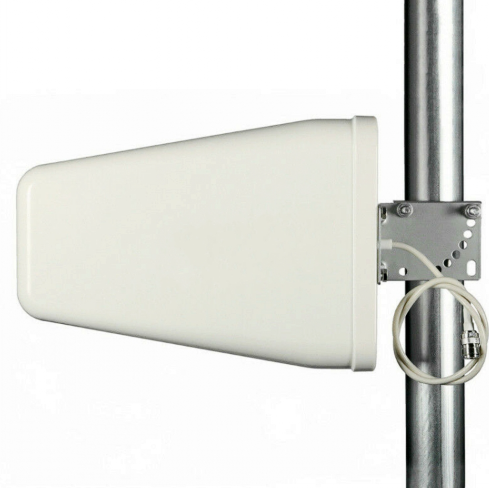
What is The Frequency Range for a Log Periodic Antenna?
As above mentioned, the frequency range of the log periodic antenna is wider than other mimo omnidirectional antennas, so the frequency range of the log periodic antenna includes 30 MHz TO 3GHz which belongs to the VHF and UHF bands.
What is The Bandwidth of A Log Periodic Antenna?
The log periodic antenna is wide both in the frequency range and bandwidth. The bandwidth of an antenna is usually defined as the range of frequencies over which the antenna can effectively operate while maintaining acceptable performance. For log periodic antennas, the bandwidth can be quite broad, often exceeding several octaves.
Typically, the log periodic antenna is able to provide between 3 and 6 dB gain over dipole for a bandwidth of 2:1 while retaining a VSWR level of better than 1.3:1.
Which is Better Log Periodic Antenna or Omni Antenna?
The answer depends on what you want to do with them because they have different features.
●Direction
The outdoor log periodic antenna is a type of directional antenna, so the log periodic antenna radiation pattern is in a specific direction. Meanwhile, the omni antenna radiation pattern is in all directions, creating a 360-degree coverage pattern. This is ideal for applications where you need coverage in all directions around the antenna.
●Gain
Log periodic antennas typically have higher gain compared to omni antennas, so the outdoor log periodic antenna is suitable for long-range communication and applications where you need to reach distant targets.
●Frequency
Log periodic antenna is versatile and can be used for a wide range of frequencies within its design range. By contrast, the wifi omni antenna range is more specific, so you may need different antennas for different frequencies.
Conclusion
Finally, the log periodic antenna is a flexible option and is versatile with various frequency ranges, so it can be used in various applications such as LPWAN (Low-Power Wide-Area Network), cellular networks, DAS (Distributed Antenna Systems), IEEE 802.11b/g WiFi applications, and public safety.
XJS, is one of the leading log periodic antenna manufacturers, providing various log periodic antennas with wide frequency ranges. If you are looking for a reliable log periodic antenna for your projects, please contact us!
